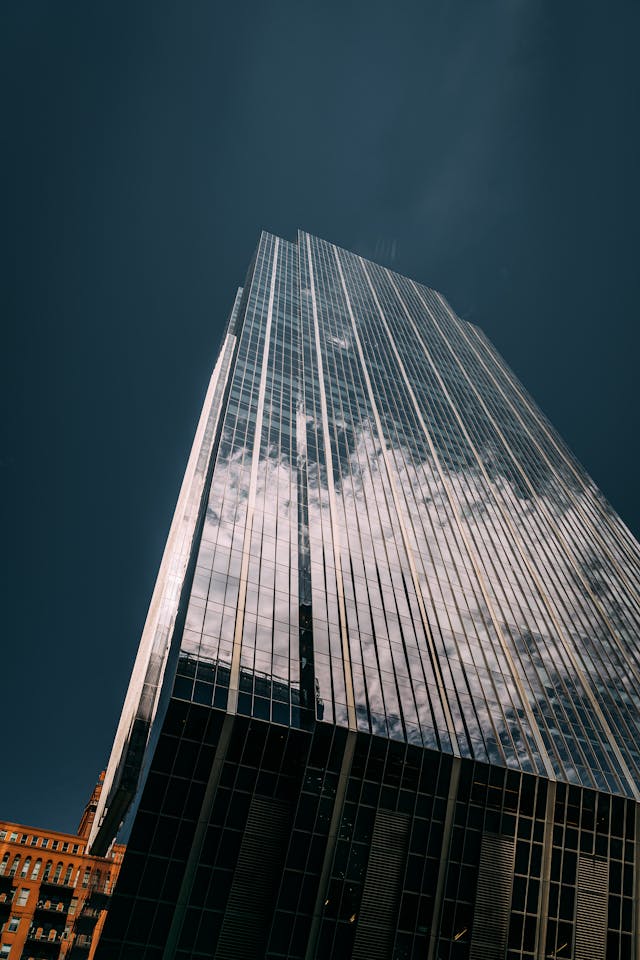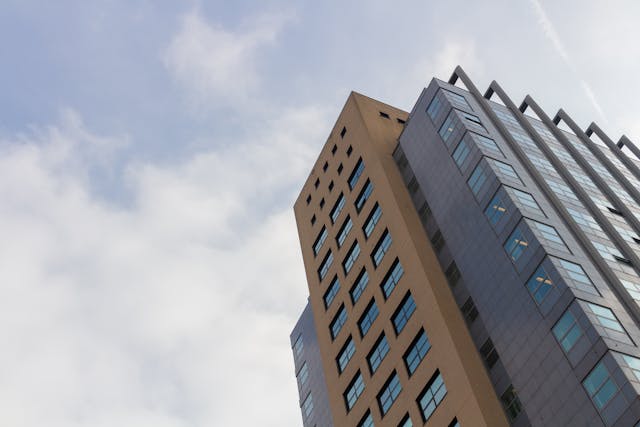Cities display skyscrapers as symbols, marking both the technical skill of design and strong signals of modern economic growth in urban places. The story of skyscraper engineering starts with steel-framed buildings and continues now to huge glass towers, showing how new ideas and real determination join. Across many years, new technology lets skyscrapers climb higher and also changes the view in many large cities, including well-known spots in Australia today. Growing city populations, higher density, and focus on sustainability cause tall buildings to develop quickly by mixing building style with useful and smart building systems. Land is more rare and crowded, especially in popular places like Sydney and Melbourne, so vertical building is now a needed and smart way for city growth.
A Historical Leap in Vertical Construction
Skyscraper design history began late in the 1800s, when builders made the Home Insurance Building in Chicago using steel frame methods in 1885. That 10-floor skyscraper first changed city building by carrying weight with its steel frame, not using stone or brick heavy walls. With this new method, architects could build higher while also keeping buildings safe and firm, without losing strength or breaking building rules. Putting in a steel frame worked like the bones of a body, which holds the building and also lets more windows and big rooms be added. Building technology and better building materials meant each year saw cities push to win “who can build higher” contests that showed city pride. Famous examples are the Empire State Building in New York and the Burj Khalifa in Dubai, which both show national confidence, value in design, and competition. Cities in Australia such as Sydney, Brisbane, and Perth also build high towers, making the city image look different and changing the way that people use urban land. New high-rise living helps many Australians now, so workers and families live closer to offices, shops, or city train stops without spending much time traveling.

New Materials Reshaping the Skyline
Fast changes in materials help modern skyscraper projects, with high-performance concrete, carbon-fibre parts, and new lightweight mixes used more than traditional heavy choices. These new elements prove stronger and last longer, letting designers shape more exciting building forms without worry about failure or high expense. Now, engineers build creative curves, unusual lines, or round towers—jobs that could not be attempted before—by taking advantage of material improvements and savings in energy. Better energy use is a goal for new skyscrapers, so improved materials also make buildings greener, helping lower running costs and hit sustainability targets for city rules. Many builders use prefabricated panels and parts, producing them in nearby workshops and moving them to the site, so work is quick and keeps accident risks very low. In places like Melbourne, where many people arrive each year, city officials see prefab as a way to meet more housing demand without extra time or wasted resources. Townhouse builders Melbourne also use some of these building tricks now, getting better construction, product life, and faster project delivery while saving more material for each house build.
Innovative Design Principles
Modern skyscraper design aims for livability and sustainability, linking tall towers with the city and putting focus on useful space instead of only reaching new heights. Architects and engineers use biophilic design, adding nature inside and outside to help connect people with plants and air. Builders now put vertical gardens, parks on rooftops, full green walls, and even inside courtyards into new tall buildings growing in cities. City buildings add green for cleaner air, better comfort, and to limit the use of air conditioning and cooling equipment on every floor.

Australian skyscrapers change now to mix offices, apartments, shops, and places for play in one tower for better use of space. Developers see value in shared towers, so new projects put living spaces, businesses, and even activity rooms together for city life. Mixing these uses helps people find work, homes, and things to do with less travel, so cities get more energy and activity every day. Smart systems now control lights, air flow, entry, and fixing jobs in real time, making towers easy for workers and people who live there. Designers also plan bigger windows, bigger rooms, and systems that do not use too much energy, to make life better and save cost for everyone.
The Role of Digital Technology in Skyscraper Engineering
Digital technology now changes every part of skyscraper work, from first drawing to last job at the building site for a project. Teams use Building Information Modelling (BIM) to share digital files and updates, which lets engineers and planners spot errors fast and work better together. Each BIM model gives planners details from base to top, helping optimise the strength, cost, and energy use of each part of a skyscraper. Parametric software helps create building shapes using controlled changes, with designers testing thousands of forms to choose the one that fits best. Robots and drones now do checking, measuring, and material moves, improving safety and saving work time in many new construction sites. Sydney and Brisbane’s crowded areas need fast builds, so automatic and digital tools help make tall building jobs go smoothly without much trouble for busy crowds nearby.


